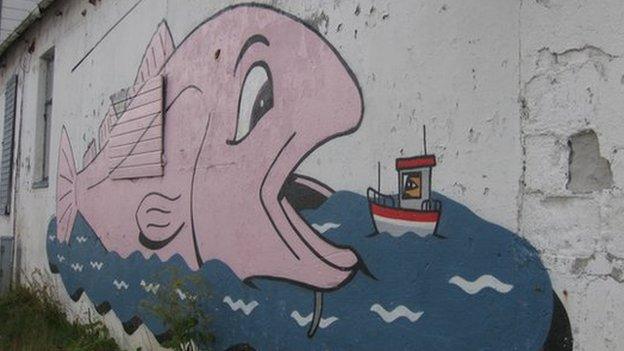Norwegians laugh at new fence on Russian border
- Published
The fence at the Storskog crossing aims to stop migrants crossing into Norway
"We don't want this fence," says taxi driver Syvonne Tucker. "We want to have this relationship with Russia in the same way we've been having for all these years."
Heading on the E105 highway towards the Norwegian border, she says she and many other residents in her town of Kirkenes in the far north of Norway feel the same.
"It's like if someone in your back garden put up a 2m fence, you would wonder why your neighbour is doing this."
The Norwegian government says the steel fence is needed to tighten security at the road crossing into Europe's passport-free Schengen zone. It is around 200m (650ft) long and 4m high.
Last year around 5,500 asylum seekers, many from Syria, crossed into Norway at the border post after taking the so-called Arctic route into Europe.
Kirkenes residents joke that intruders could easily walk or swim around the 200m construction, but on closer inspection it is connected to an older, thinner fence that runs the length of the border.
Even without the fence this story had an element of farce. Thousands of migrants crossed Norway's Arctic border by bike last year, because by law they could not go over by foot.

Thousands of asylum seekers used a legal loophole in 2015 to cycle across the border
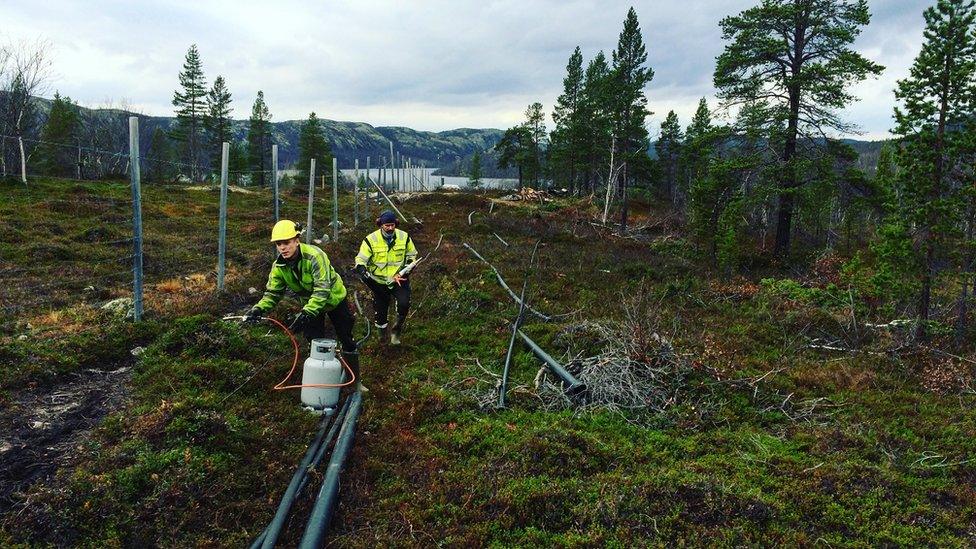
The 200m fence is aimed at delaying illegal entry
Two contractors are toiling away in the spongy undergrowth on a construction site close to the Storskog border post.
They're connecting cables to link up a CCTV network that will run along the fence.
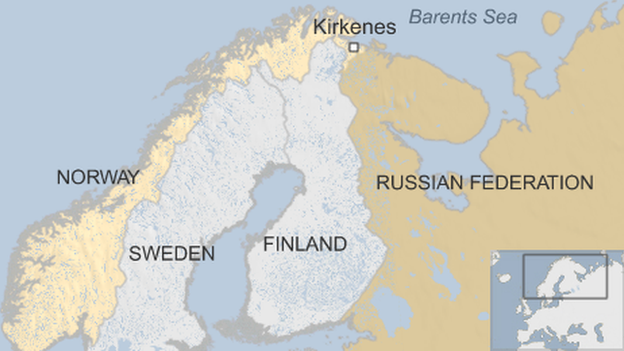
At the border post itself, a group of elderly Russian ladies is crossing into Norway, on their weekly trip to Kirkenes to sell Russian goods to Norwegians and tourists.
Since the fall of the Iron Curtain, the authorities on both sides of the border have worked to strengthen ties, with visa-free travel for residents.
Many local Norwegians travel into Russia to buy cheaper petrol and alcohol, while Russians travel into Norway to buy consumer goods like nappies and coffee.
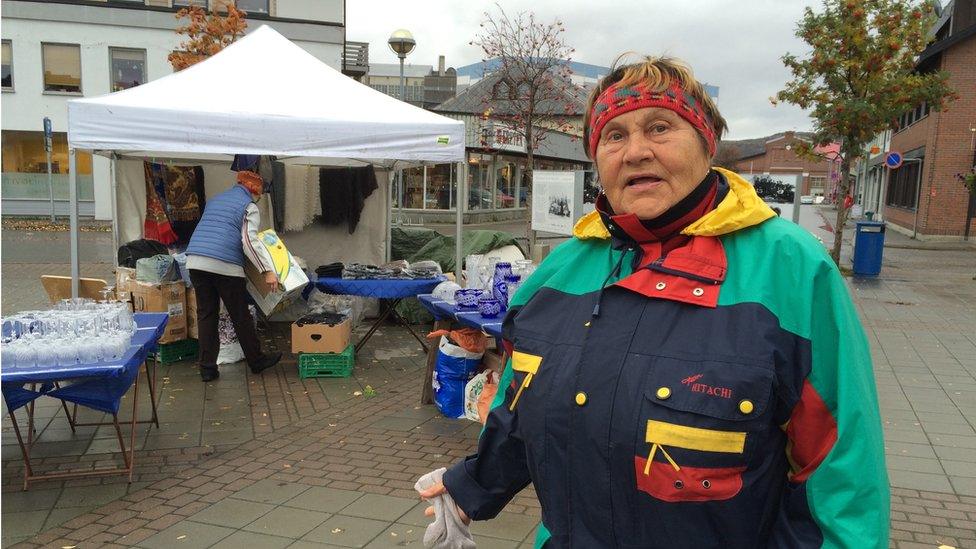
Russian trader Zoya Mashkova has no issue with the fence
"If the Norwegian authorities are building fences, then they must need it," says Russian market trader Zoya Mashkova.
"And it's right, too, because it's not just the Syrian refugees who come here. Some people we ran into are not necessarily from Syria or Africa, but possibly from parts of southern Russia."
'Storm in a teacup'
However, the head of the Norwegian Association for Asylum Seekers fears the fence sends out the wrong message to people genuinely in need of help.
"We think it's hopeless, it's only a symbolic gesture, but we think it's a really wrong symbolic gesture," says Ann-Magrit Austena.
In April the Norwegian parliament presented a new asylum and immigration bill that enables officials to refuse entry to anyone who did not come directly from a conflict zone.
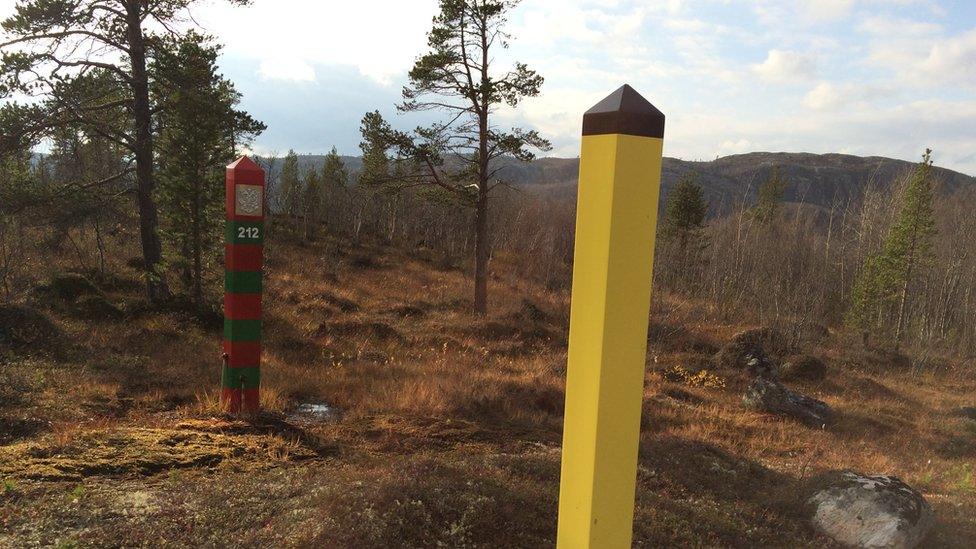
Refugee groups say the fence sends out the wrong message
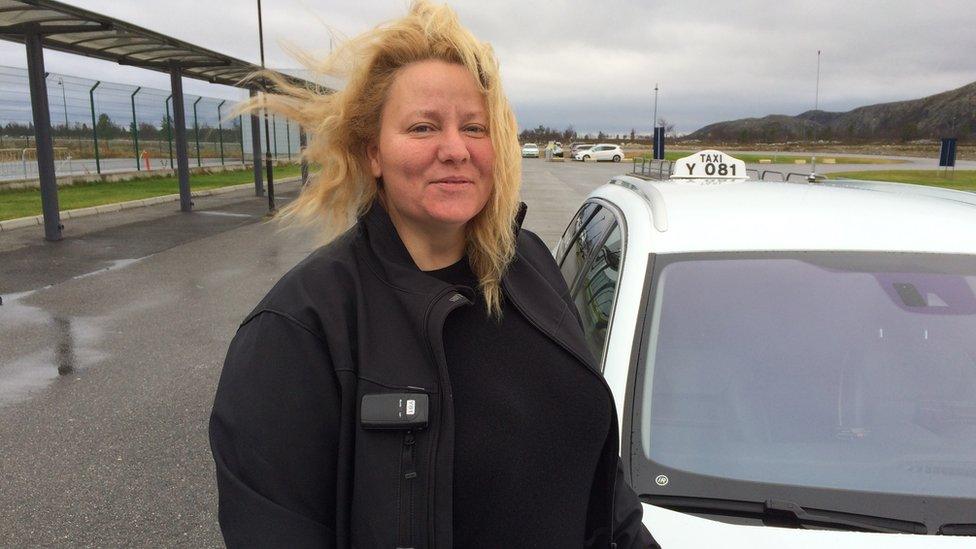
Taxi driver Syvonne Tucker sees spending money on the fence as a joke
In the capital Oslo, some 2,000km (1,240 miles) away, the government rejects claims that the new fence is "anti-migrant".
The whole debate surrounding the fence is, for Deputy Justice Minister Ove Vanebo, a "storm in a tea-cup" and he insists Russia has been consulted about the fence all along.
"We have a very good working dialogue with the Russian authorities, and we also have to remember that the fence on the Russian side is much longer, if I remember correctly 200km, which means [the fence] is nothing compared with what we already have."
Construction of the fence was due to be completed within weeks, but there is a problem.
A section of the fence will have to be dug up and rebuilt because it was erected too close to Russia's border line.
"It's now going to cost even more money than before," says Syvonne in Kirkenes. "The whole fence is a joke."
- Published6 October 2016
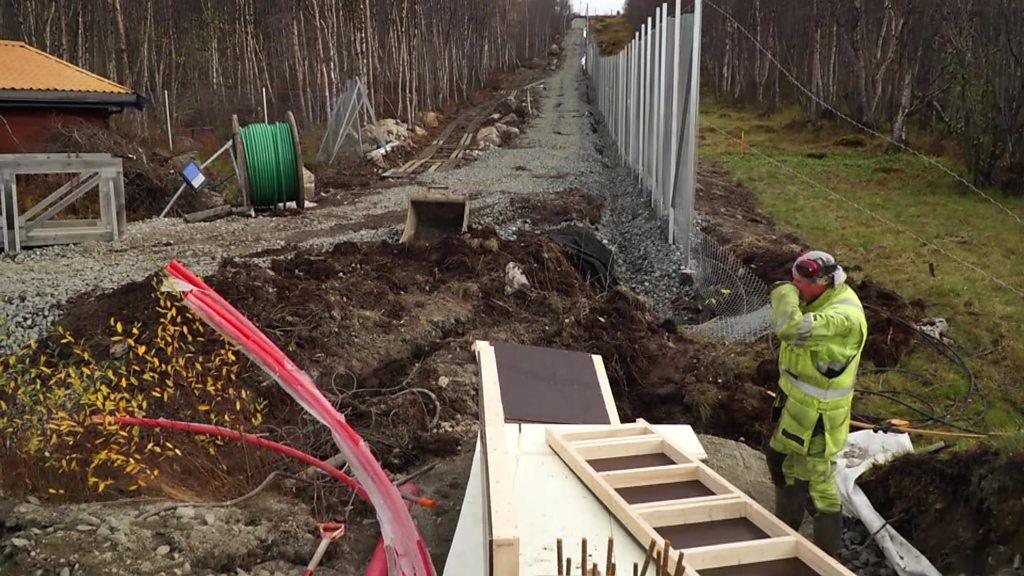
- Published23 October 2015

- Published12 November 2015
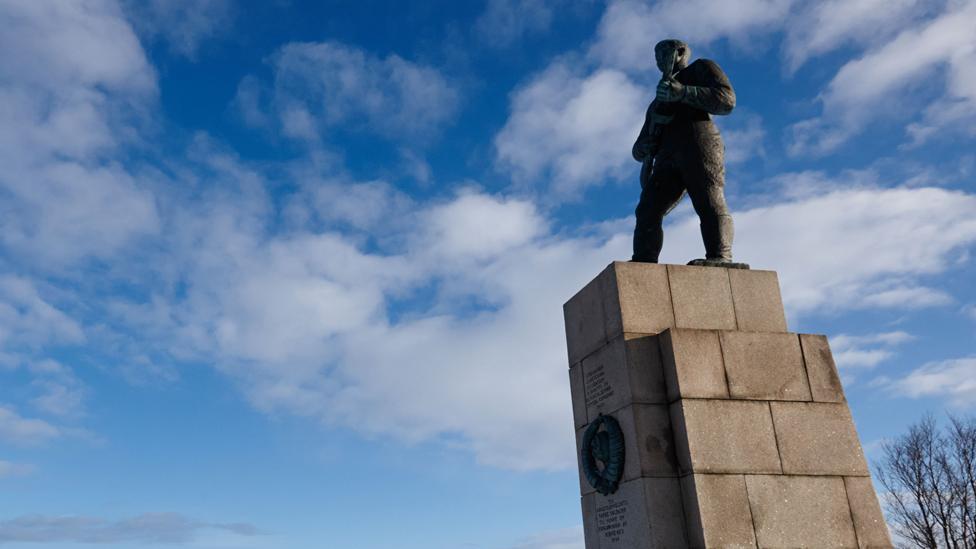
- Published4 October 2014
